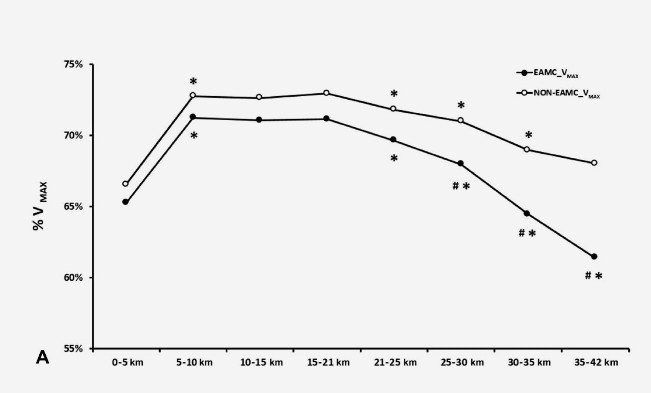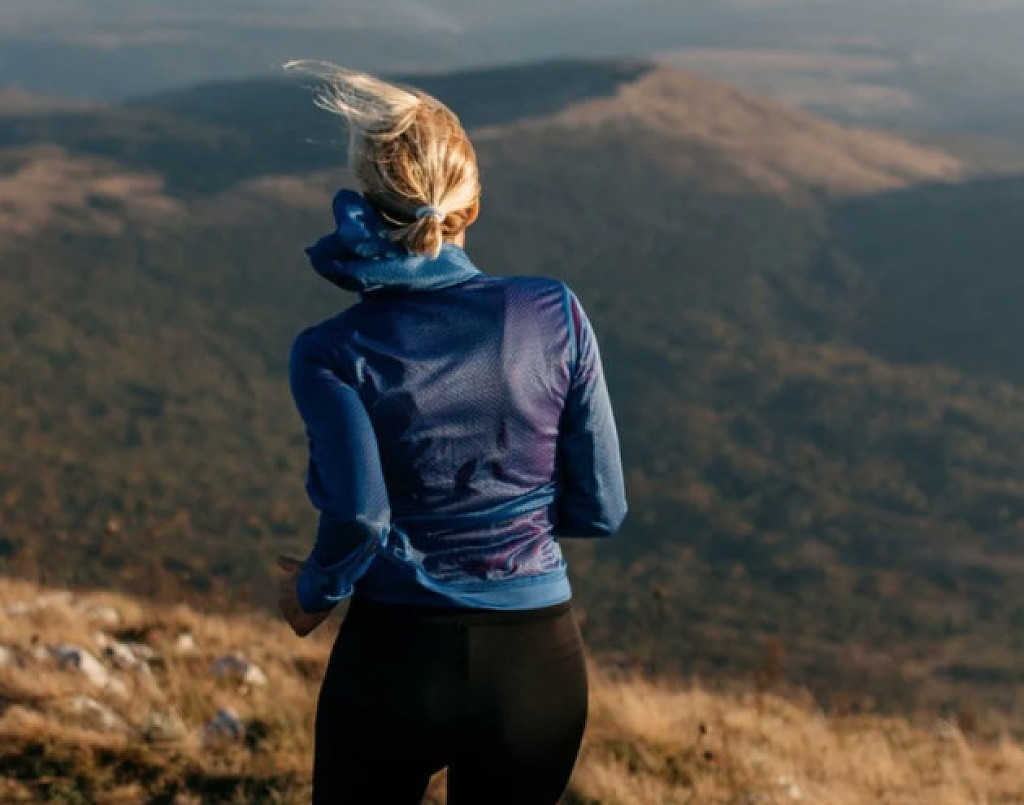Running News Daily
Running News Daily is edited by Bob Anderson. Send your news items to bob@mybestruns.com Advertising opportunities available. Train the Kenyan Way at KATA Kenya and Portugal owned and operated by Bob Anderson. Be sure to catch our movie A Long Run the movie KATA Running Camps and KATA Potato Farms - 31 now open in Kenya! https://kata.ke/
Index to Daily Posts · Sign Up For Updates · Run The World Feed
The Enduring Mystery of Muscle Cramps
A new study suggests that strength training is more important than electrolytes for preventing cramps
Any discussion of muscle cramps needs to start by revisiting retired baseball infielder Munenori Kawasaki’s detailed explanation of how he avoided a repeat of the cramp that had hobbled him the previous day.

Kawasaki: Monkey never cramps. Because a monkey eat every day banana. Two.
Interviewer: So how many did you have today?
Kawasaki: Three.
I love that interview so much that it pains me to cast doubt on his advice. It’s based on the traditional view of exercise-associated muscle cramps, which attributes them to dehydration and the loss of electrolytes like sodium and potassium (which bananas contain in abundance) from prolonged sweating. That theory dates back almost a century, and it remains dominant: a survey of 344 endurance athletes, published last year, found that 75 percent of them believed that taking extra sodium wards off muscle cramps.
The problem is that science keeps failing to back this theory up. Starting more than a decade ago, a series of studies has compared crampers with non-crampers at marathons, triathlons, and other endurance races and has failed to find any differences in the athletes’ hydration or electrolyte levels. Instead, a rival theory blaming cramps on “altered neuromuscular control” first proposed in the 1990s by Martin Schwellnus, a sports physician at the University of Cape Town in South Africa, has been gaining support. The basic idea: it’s a nerve problem that occurs in excessively fatigued muscles, essentially leaving a switch temporarily stuck in the on position.
But this theory, too, has a problem: unlike the electrolyte theory, it doesn’t give us an obvious solution or countermeasure to prevent cramps. The closest thing so far is a product called HotShot, a spicy drink developed by Flex Pharmaceuticals that triggers some of the same nerve receptors as pickle juice (long known as a folk cure for cramps) and hot peppers. There’s a bit of evidence from a HotShot-funded study published by Penn State researchers in 2017 that this jolt to the nerves makes your muscles a little more cramp-resistant and shortens the duration of cramps stimulated in the lab. But it’s hardly a panacea; even in that study, all the subjects still ended up cramping. Schwellnus himself warned that muscle cramps are a complex phenomenon with many different contributing factors, so we shouldn’t expect a simple solution.
What we’re left with is a search for factors we can control that might influence cramp risk. That’s the goal of a new study in the Journal of Strength and Conditioning Research from a research team at the University of Valencia and Jaume I University in Spain. It recruited 98 runners preparing for the Valencia Marathon, ran them through a series of tests before and after the race, and looked for differences between crampers and non-crampers. Some of the results were predictable, while others were surprising.
The good news, from the study’s perspective, is that 20 of the runners suffered muscle cramps during or immediately after the race. A total of 84 runners (72 men and 12 women) completed all the pre- and post-race testing, which means that 24 percent of them cramped, with similar rates in men and women. That’s roughly consistent with the stats from other races. Once again, urine and blood tests found no differences in dehydration or electrolyte levels before, during, or after the race.
Instead, the biggest difference was in the blood levels of creatine kinase and lactate dehydrogenase, both markers of muscle damage, which were significantly elevated immediately after the race and 24 hours later in the crampers. For example, day-after creatine kinase averaged 2,439 international units per liter. in the crampers compared to 1,167 in the non-crampers. This, too, is consistent with previous studies, suggesting that cramps occur in muscles that are fatigued to the point of damage.
The harder question is what predisposes some runners more than others to this kind of damage. One previous study suggested that crampers actually start the race with elevated muscle damage, perhaps because they didn’t back off their training enough. In this study, though, there was no sign of elevated muscle damage in the pre-race testing and no difference in the amount of time between the final training run and the start of the race.
In fact, most of the training variables the team assessed—the runners’ number of previous marathons, weekly training volume, and so on—were the same in both groups. Just one differed: 48 percent of the non-crampers reported regular lower-body resistance training compared with 25 percent of the crampers.
Another often discussed risk factor for cramps is pacing. A few previous studies have found that runners who end up cramping tend to have started the race more quickly compared to their eventual average pace, suggesting that they’re paying the price for overestimating their fitness. There’s a problem with this type of analysis, however: the cramp may cause the late-race slowdown rather than the other way around.
To get around this issue, the Valencia researchers brought all their subjects in for a VO2-max test prior to the marathon. This allowed them to assess their starting pace relative to their actual fitness instead of relative to their eventual finish time. Here’s what the average speed for each 5K segment looked like for the crampers (black circles) and non-crampers (white circles), as a fraction of speed at VO2 max:
There are no significant differences between the groups until after the 25K mark. If anything, the crampers started a little bit slower relative to their lab-measured fitness. This punctures the idea that cramps are a punishment for bad pacing. I apologize for any cramp-shaming I’ve done in the past: it wasn’t your fault after all. Unless you were neglecting your lower-body strength training, that is. The obvious news-you-can-use nugget from the new study is the apparent protective effect of resistance training. I got the same advice a few years ago from Juan Del Coso, the author of an earlier study that implicated muscle damage in late-race slowdowns: he suggested leg exercises such as squats with loads to up to 80 percent of max to protect your legs from damage.
But at this point, it’s probably worth recalling Schwellnus’s note of caution. People get cramps for all sorts of reasons, including underlying injury, disease, and medication side effects. The exercise-associated cramps you get during a running race may be influenced by some of these secondary factors. They may also be influenced by your genes: one of the best predictors of cramping is whether you’ve cramped in the past. And despite the paucity of evidence, it’s entirely possible that, in some people, traditional risk factors like dehydration or electrolyte depletion may play a role. So before I get too excited about squats as the new miracle cure, I’d like to see whether a few months of strength training actually reduces cramp risk in a randomized trial.
It’s tricky to get those sorts of studies funded, though—there’s no pharmaceutical money, no sports-drink money. So for now, if you’re struggling with recurring cramps, you’re left with trial and error. It’s worth giving strength training a shot (and not just for its cramp benefits). I’d be open to giving HotShot a try, too. And, hey, whatever the evidence says, I love bananas.
by Outside Online
Login to leave a comment




